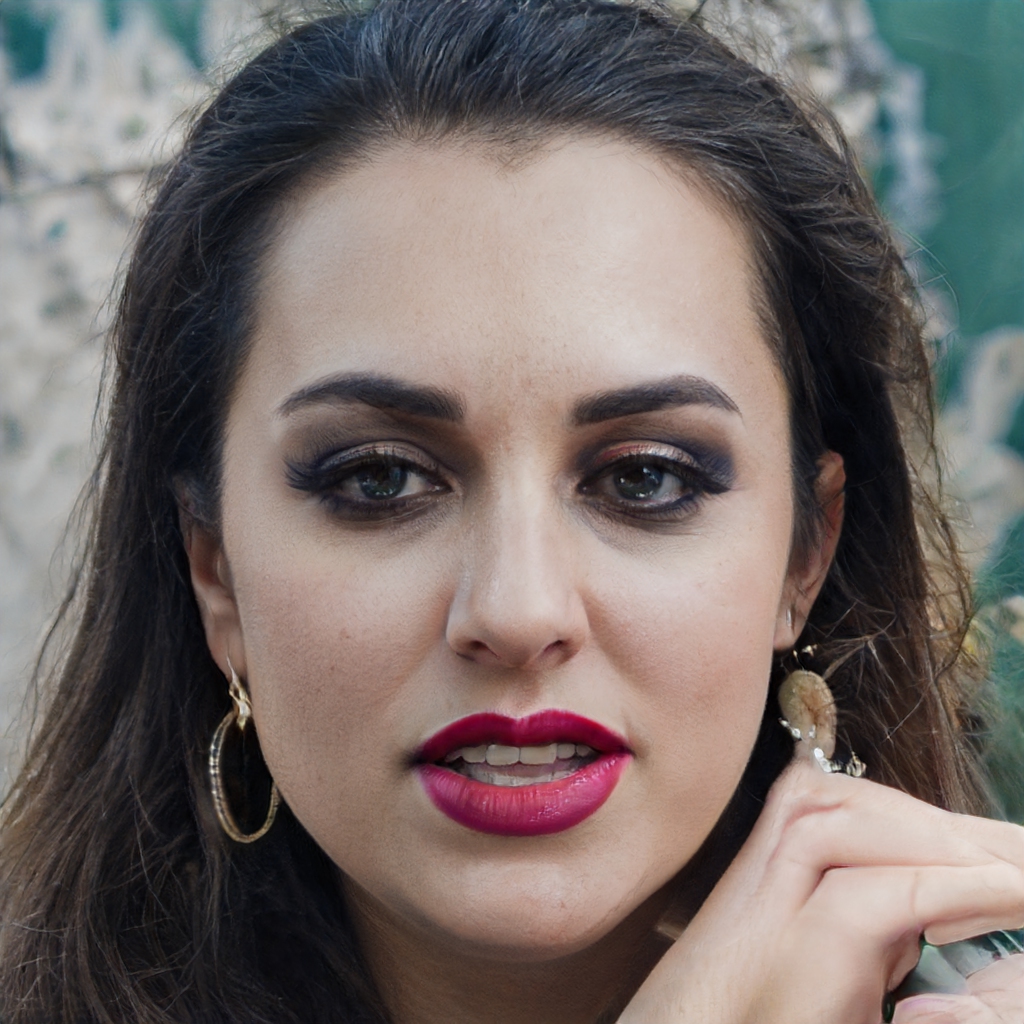New step toward fully autonomous driving for the U.S. company, although adequate software will be needed to retire the human driver
Tesla takes a new step toward full autonomy for its latest-generation cars. On Wednesday evening, the company's CEO, Elon Musk, announced that all new models will be equipped with very powerful hardware capable of making Teslas even more independent in driving.
Now, this doesn't mean that the cars will be able to drive themselves 100% on their own. To achieve this, Tesla will have to complement the new hardware with software capable of completing the autonomous driving system. The hardware just announced has a value of $8,000 and will be used to increase the function of sensors and cameras and will be mounted on all new models from the X to the S up to the Tesla3. All these introductions serve the company to strengthen its leardship in the autonomous car sector, waiting one day to see on the market the first car that does not need human assistance.
What will each new model include?
Among Tesla's main improvements on the new models are eight cameras for a 360-degree view up to 250 meters away. Twelve next-generation sensors that can detect objects, large and small, at twice the distance of previous models. An enhanced radar that allows you to see through a rainstorm, fog, dust and even in front of the vehicle in front of you. A new on-board computer with 40 times more speed and computing power than Tesla's older models. The clear improvements will be seen starting next year when the company has promised another update for its autopilot. Che sarà in grado di evitare il traffico, restare sulla propria corsia e mantenere la velocità di crociera. Mentre la piena autonomia dovrebbe, secondo Musk, essere raggiunta a fine 2017 con il rilascio anche del software.

Tesla Model X
Il futuro delle auto autonome
Attualmente il problema principale verso la piena automazione è la risposta agli imprevisti, ai comportamenti non classificabili da parte di altri conducenti o pedoni. C’è ancora una lunga strada da fare, in tutti i sensi, perché più chilometri di test faranno le macchine automatiche meno bisogno avranno dell’assistenza umana. Un po’ come noi che miglioriamo la nostra guida con il tempo. Attualmente siamo in una fase di guida semi-automatica, dove il pilota entra in azione quando il computer è indeciso sul da farsi. And it's not just Tesla that is pushing towards this direction, even Uber in Pittsburgh has designed its own partially autonomous car.
